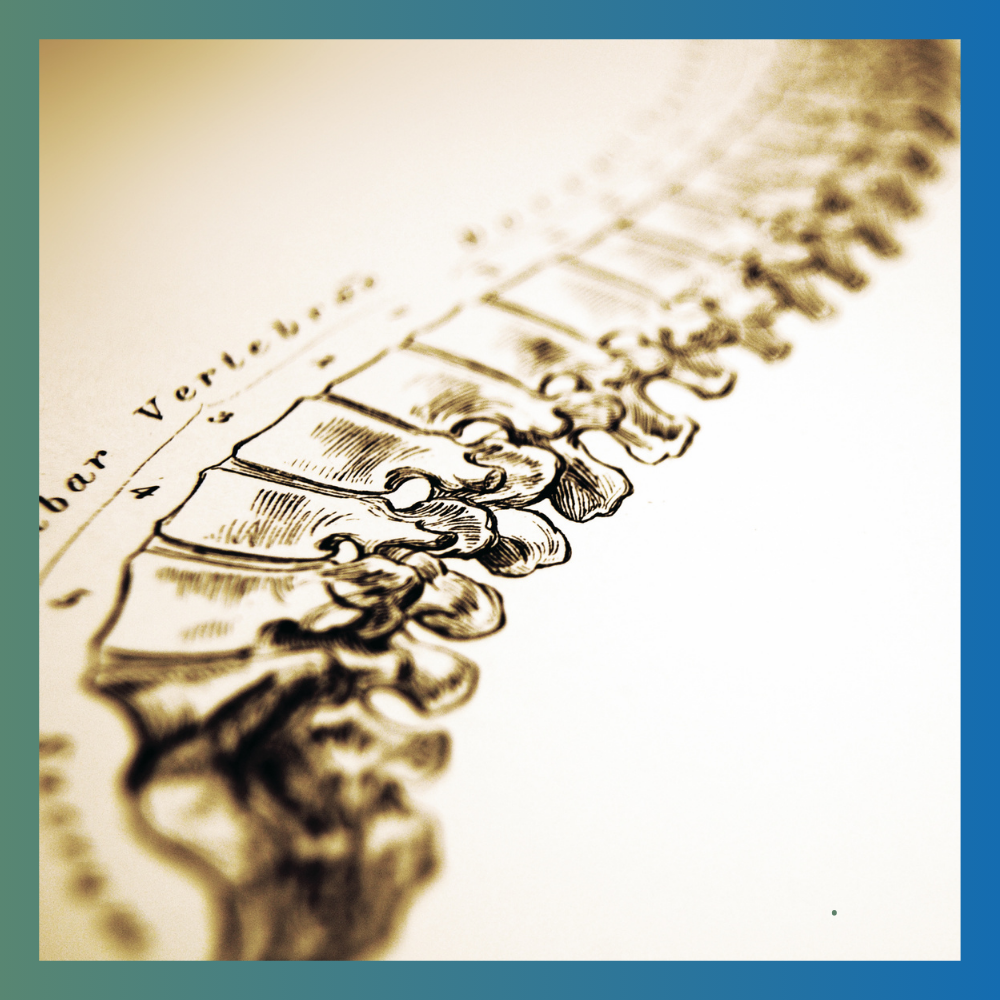Effectiveness of Three-Dimensional Myofascial Release on Lumbar Lordosis in Individuals with Asymptomatic Hyperlordosis: A Placebo Randomized Controlled Trial
Abstract
Background: Lumbar hyperlordosis is the most prevalent musculoskeletal postural deformity. Maintenance of normal limits of lumbar lordosis is necessary for obtaining an ideal posture. Literature suggests that poor posture results in fascial restriction in which the fascia reorganizes in response to tension. Gross myofascial release (MFR) combined with posterior pelvic tilting exercises proved to be beneficial in improving the lumbar range of motion. Three-dimensional (3D) MFR is a novel approach toward reducing fascial restrictions. However, the literature determining the effects of 3D MFR is still emerging.
Aim: To determine the effect of 3D MFR on a lumbar lordosis angle and lumbar range of motion, in individuals with asymptomatic hyperlordosis.
Method: Participants (n = 30) with hyperlordosis were randomly assigned to either the experimental group receiving 3D MFR (n = 15) or the control group (n = 15) that received sham 3D MFR for six sessions (3 alternate days for 2 weeks). The outcomes were assessed at day 1 and day 6. Lumbar range of motion was assessed using modified-modified Schober’s test and the lumbar lordosis angle was measured using x-ray and flexicurve.
Results: There was significant decrease (p = 0.0001) in the lumbar lordosis angle, increase in the lumbar flexion (p = 0.0001), and decrease in the extension (p = 0.0011) range of motion in the experimental group when compared to the control group.
Conclusion: Lumbar lordosis decreased and the lumbar range of motion increased in the experimental group only with 3D MFR and not with sham 3D MFR. Hence, 3D MFR is an effective method in the correction of lumbar hyperlordosis and improving the lumbar range.
Clinical Trial Registry of India (CTRI) trial number CTRI/2023/03/050340.
Downloads the last 12 months

License
Copyright (c) 2024 Author(s)

This work is licensed under a Creative Commons Attribution-NonCommercial-NoDerivatives 3.0 Unported License.





.png)





